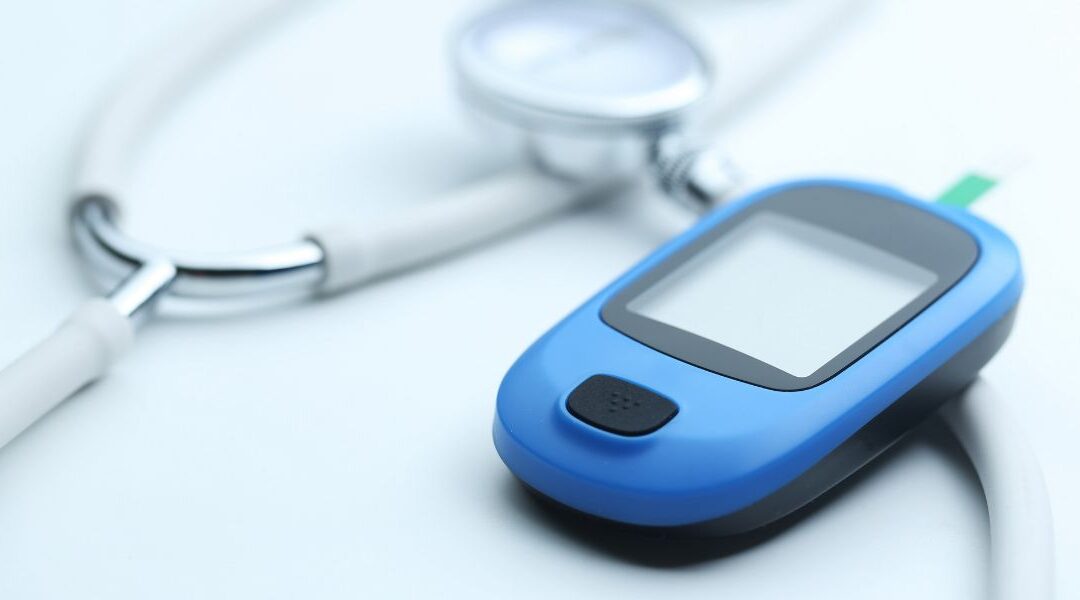More than 387 million people worldwide are living with diabetes; by 2035, an estimated ½ billion people will have the disease. This condition is an important health concern since it can lead to serious health issues if left untreated or poorly managed. That’s why it’s important to understand and recognize the signs of diabetes.
What is Diabetes?
Diabetes is a chronic medical condition where the body doesn’t properly regulate blood glucose levels. This occurs either because the pancreas cannot produce enough insulin (a hormone that regulates the glucose in the blood) or because the body’s cells can’t respond correctly to the insulin produced.
There are two main types of diabetes: Type 1 and Type 2. Type 1 is usually diagnosed in children and young adults and typically cannot be prevented. Type 2 diabetes, however, can be. It is the most common type and is usually associated with lifestyle factors including poor diet, lack of exercise, and being overweight.
What are the Signs of Diabetes?
1. Increased Thirst and Frequent Urination

When your blood glucose levels are high, the kidneys must work harder to remove excess glucose from the blood. This leads to increased urination, which, in turn, causes dehydration as the body loses fluids. When the body is dehydrated, it triggers the sensation of thirst to encourage the person to drink more fluids to replace what was lost.
2. Increased Hunger

When the body becomes resistant to insulin, it doesn’t use glucose efficiently. This can lead to a building up of glucose in your bloodstream—causing your body to feel like it’s starving. As a result, your brain sends signals to eat more food to try to get more glucose, making you feel hungry more often, even if you have recently eaten.
3. Blurry Vision

When blood sugar levels are high, it can cause damage to various parts of the body, including the eyes. Consistently high blood sugar levels can damage the blood vessels in the retinas—located in the back of the eyes and responsible for transmitting visual signals to the brain. It’s important to take an eye screening exam to catch any vision changes early and prevent further damage.
4. Pins and Needles of Hands and Feet

When blood sugar levels are high, they can damage the nerves that transmit sensory information from certain areas to the brain. This can cause tingling, numbness, or burning sensations in the hands and feet. Some people may also experience weakness or a loss of sensation in these areas.
5. Wounds are not Healing

Diabetes can damage the blood vessels and nerves that play a crucial role in the healing process and can also weaken the immune system’s ability to fight off infections. As a result, people with diabetes may develop foot ulcers or sores that don’t heal properly, leading to infections and other complications.
Why it’s Important to be Aware of the Signs of Diabetes
It’s important to be aware of the signs of diabetes because early detection and management can help prevent complications such as heart disease, stroke, kidney disease, nerve damage, blindness, and amputations.
Appropriate treatment includes lifestyle changes such as a healthy diet, regular exercise, medications and/or insulin therapy. Managing diabetes can help slow or prevent the progression of complications, improve quality of life, and reduce the risk of premature death.
How OnSite Health Can Help Your Employees
Providing an OnSite Health clinic or staffing an OnSite Health nurse in the workplace is an effective way to promote employee health. It can offer a range of services, including diabetes screenings, education on managing diabetes, and ongoing support to employees with the disease. This can lead to earlier detection and better management of diabetes, helping to delay or prevent complications associated with the disease. OnSite Health’s goal is to provide your employees with health and wellness. Take a look at our services today to find out more!





